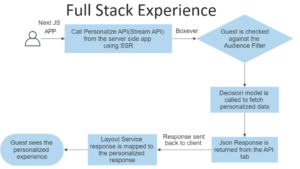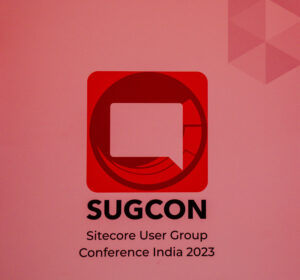Hello Sitecore Enthusiasts!
In the previous post, we saw some basics of Sitecore Version Upgrade! In case you missed it, you can always go and have a look by clicking here.
In this post, I would like to share some findings while performing the Sitecore Version Upgrade.
Well, along with the findings, I have also had some brief/detailed explanation, based on some experience as well as some by asking in forums or searching on the internet. Reading the details or not is solely your choice, but if you ask me, I would insist you do it at least once! — if not be now then sometime later!
- Always install Upgrade package in FF Browser rather than IE.
- Change the values of DefaultSQLTimeout and DataProviderTimeout.
- In case you have overridden some basic items,say from Content Editor Ribbon or Web Edit Ribbon, it is better to keep them in tact as packages.
- Better apply your changes to the updated items one by one rather than installing a package from the previous version.
- If you are upgrading your Sitecore solution, do keep at least one of your older versions up and running so that its easy for you to compare!
- Always decide your Target Version based on your Business Requirement rather than the Recommended Version.
I do agree, I am going somewhere different from what any Sitecore Lover would say or a Sitecore Professional would say. If you ask anyone from Sitecore, which version should I upgrade my Current Solution to, they will always say, the Recommended Sitecore Version.
But practically, upgrading a Sitecore Version is not that easy a job! Also, this is not what you are going to do every now and then! So make sure before upgrading to which Sitecore Version you want to upgrade your Current Solution to? This decision should be specifically based on is the main for you to upgrade covered in your target version?
Lets say, you have requirement “A” for which you want to upgrade your Sitecore Solution.
Now, if that “A” is already taken care in some Sitecore Version “X-1” and Sitecore Version “X” is the recommended version, then please upgrade to the version “X”. 🙂
But, in case the requirement is covered in some version say, “X+2” then better go with that Sitecore version “X+2” — but only after making some serious study, that the version “X+2” does not have any performance hit or some critical issues reported. For this, you may refer to the Sitecore Developer Forums or ask Sitecore Support directly, as to whether you can go ahead with it or not.
- Comment out your custom Commands/Processors/Agents/Schedulers if any in your Sitecore Solution before going ahead with installation of Sitecore Upgrade Package.
Here, I would like to share something that we faced while upgrading our solution in Local Environment. We had a custom command in Commands.config — specifically for delelting items in some way — and you know what we were facing? After upgrade when we checked, the items in Core Database for WebEdit Ribbon, the item’s content were not present. (It asked us to add a new version). At first we were shocked, and thought might be some mistake from our side only, and hence did the whole procedure again, with the same result. Then, we tried commenting all our Custom Processors & Commands and everything, and Bravo! It worked.. This was as suggested by a Great Sitecore Lover – Kiran Patil!
Some other low priority issues that we faced on our end, would like to mention them as precautions to be taken:
- Sometimes, if you get an error related to the Database Schema, dont worry, just proceed to your Target Version.
It was in our case! For more details on this please refer to the following article : http://varunvns.wordpress.com/2012/06/12/error-while-applying-upgrade-invalid-column-name-sequence/
- Do you have some Jumbled JSON seen on your Browser page in Page Editor Mode? Please refer to this John West Blog for the solution: http://www.sitecore.net/Community/Technical-Blogs/John-West-Sitecore-Blog/Posts/2011/06/Sitecore-Page-Editor-Renders-Jumbled-JSON-as-Content.aspx
- Shrink your Databases so that you don’t have a heavy LDF files, and all/most of your data is in MDF so that the upgrade Transactions can perform faster.
- Always Analyze and then Install the upgrade package, and make sure you save all these Log Files. You never know when you require those!
- [Update] Keep a full backup of your databases as well as application before starting the Upgrade, and also keeping a second copy of the same databases restored with a small modification of names, so that in case of some issue, reverting back in application as well as databases is possible in minimum time. — Thanks to Devashri Oza for this point! A quite important one when we talk reverting on Live environment! [/Updated]






That was really helpful!
Another note, I was trying to upgrade Sitecore 6.4.1 (update 3) to Sitecore 6.5 (Initial Release) and my Installation process got stuck/hanged/stalled when installing an update package on ” Copying files to be installed to solution and backing up overwritten files”
It was over 20 hours and there were no signs of error in log files either. I banged my head against my laptop, still it never worked. After lot of research and common sense, I went to Properties of the Website Root folder, added entry for “Everyone” in Group or user names section and gave “Everyone” Full control (just for the installation purpose only, I removed it later on!). I ran the installation again, and voila, it worked and my installation was successful on Firefox.